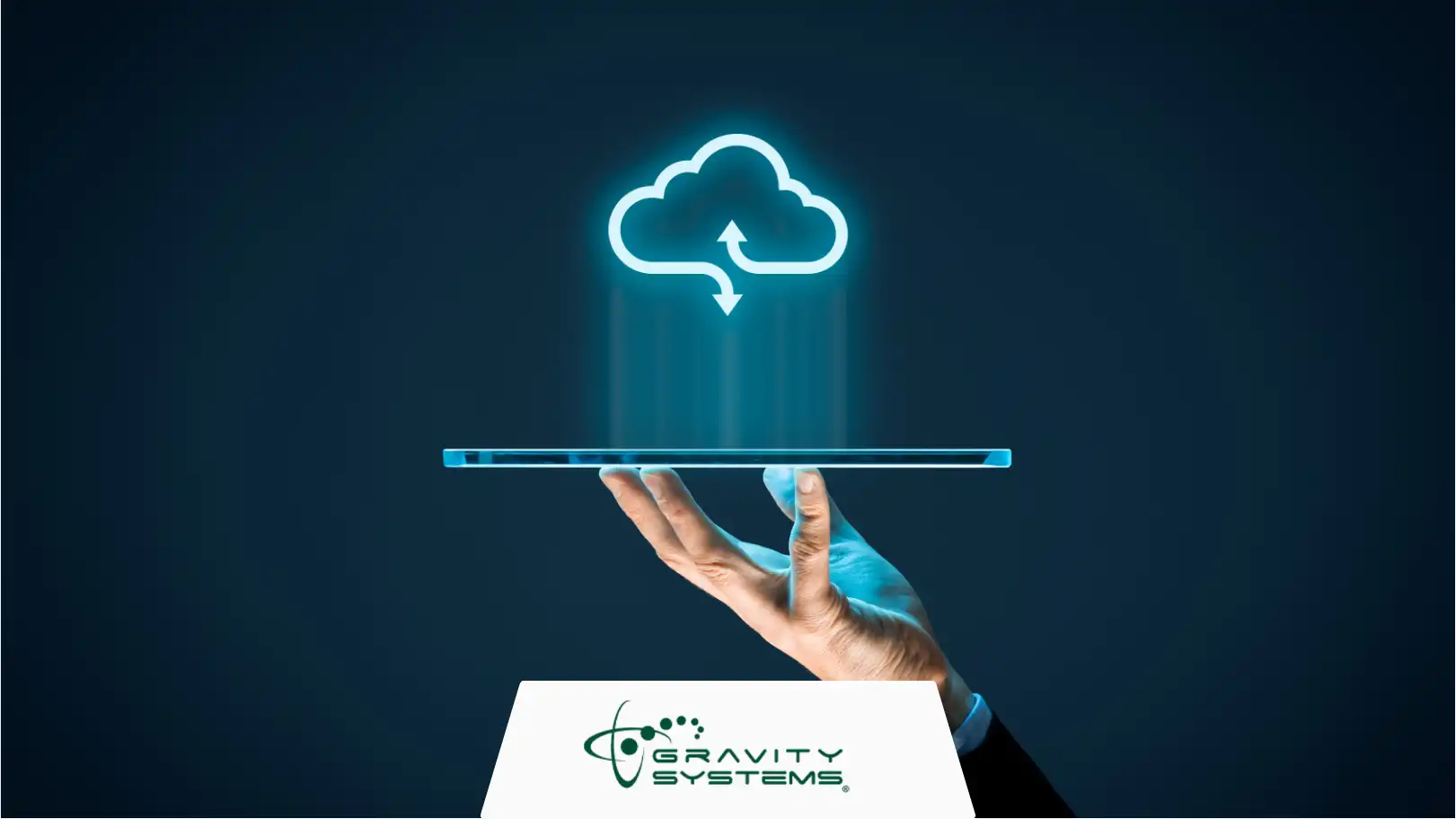The 6 Best Methods for Mitigating Cloud Migration Challenges
Switching to a cloud-based platform promises efficiency and scalability, but the journey is filled with obstacles that can hinder even the most meticulously laid plans.
Businesses often struggle to align cloud migration with their operational needs and budget constraints, facing numerous technical and strategic challenges. Flexera’s 2024 State of the Cloud report highlights that managing cloud spending remains the top challenge over security.
As Kent Morris, President of Gravity Systems says "A clear cloud migration strategy is essential for turning technological challenges into business successes."
Understanding these cloud migration challenges and preparing effective strategies to mitigate them is crucial for a smooth transition and achieving long-term benefits.
Understanding Cloud Migration Challenges
1. Unexpected Costs
A significant challenge in cloud migration is the unexpected escalation of costs.
This can include underestimated data transfer expenses, necessary staff training on new cloud tools, or unanticipated costs involved in adapting or redesigning applications for compatibility with cloud platforms. These unforeseen expenses can significantly strain budgets and disrupt the financial planning of the migration process.
Overwhelmed by Rising Cloud Costs?
Get control with Gravity Systems' cost-effective cloud management solutions.
Learn More
2. Data Security Concerns
Protecting sensitive data during the transition to a cloud environment is paramount. Companies face the risk of breaches and data loss, which can severely impact their operations and reputation. Research proves that data security is a top concern for 68% of outsourcing companies considering moving to cloud technology.
Ensuring robust security measures are in place to safeguard data during and after the migration is critical for maintaining trust and compliance with data protection regulations.
3. Compliance Issues
Migrating systems to the cloud can complicate adherence to regulatory standards. Organizations must thoroughly evaluate and adapt their cloud infrastructures to ensure they meet all legal and industry-specific requirements.
This often requires implementing additional security measures and updated procedures to maintain compliance in a new cloud setting.
4. Downtime Risks
Service interruptions during cloud migration can result in lost revenue and damage customer trust. Planning to minimize downtime is essential, particularly for businesses that rely on continuous availability.
Strategies might include staging migrations during off-peak hours or ensuring rapid failover solutions are in place to maintain service continuity.

Source: Spiceworks
5. Complexity of Migration
Moving complex data systems and applications to the cloud can present significant technical challenges. Legacy systems frequently require extensive modifications or complete redesigns to function effectively in a cloud-based setting.
This complexity can delay migration efforts and necessitate additional resources to manage the transition successfully.
6. Skill Gaps
The lack of in-house expertise on cloud technologies can hinder effective migration.
Many companies find that their existing personnel are not sufficiently prepared to handle the technical demands of cloud platforms, necessitating significant investment in training or the acquisition of new staff with the required cloud expertise.
Strategies for Mitigating Cloud Migration Challenges
1. Thorough Cost Assessment
Effective financial management is essential in cloud migration.
Organizations should perform detailed cost analyses to anticipate all potential expenses related to migrating to the cloud, including hidden costs like unexpected downtime, data migration errors, or extended project timelines. Thorough budgeting helps allocate resources wisely and avoid financial overruns, thereby ensuring a cost-effective migration process.
2. Robust Security Measures
Implementing advanced security protocols and encryption methods to safeguard data during and after the transfer to the cloud is crucial.
Regular security audits and compliance checks are imperative to protect sensitive information and prevent data breaches. Such measures help maintain data integrity and confidentiality, building trust among stakeholders and customers.
3. Regulatory Compliance Strategy
Developing a comprehensive cloud migration plan with frequent compliance checks is critical. Engaging with legal experts familiar with cloud environments can provide insights into specific regulatory demands and how to meet them.
This strategy ensures that the migration adheres to all legal requirements, reducing the risk of non-compliance penalties.
4. Minimize Downtime
To reduce operational disruptions, adopt incremental migration strategies that allow portions of the system to move gradually.
Testing each component in the cloud before full deployment can verify functionality and compatibility, minimizing the risks of extended downtimes. This approach helps maintain business continuity and service availability during the transition.
|
More resources you might like: |
5. Simplifying Migration Complexity
Simplify the cloud migration process by breaking it into smaller, manageable stages. Utilize specialized migration tools and services to facilitate the smooth transfer of complex databases and applications.
These tools can automate parts of the process, reduce errors, and save time, making the overall migration more manageable for all parties involved.
6. Training and Hiring
Invest in comprehensive training programs for existing employees to address skill gaps to enhance their expertise in cloud technologies. If necessary, hiring new staff with specialized skills can be crucial.
Collaborating with cloud migration experts or outsourcing specific tasks to professional services can provide technical support and ensure a successful transition.
Comparison of Cloud Service Models
|
Feature |
IaaS |
PaaS |
SaaS |
|
Resource Management |
Client-managed |
Partially managed |
Fully managed |
|
Control Over Environment |
High |
Moderate |
Low |
|
Ease of Deployment |
Requires expertise |
Simplified |
Most simplified |
|
Customization |
Very high |
Limited |
Minimal |
|
Scalability |
Highly scalable |
Scalable |
Scalable |
|
Typical Use Case |
Web hosting, storage |
Application development |
Software delivery |
|
Initial Cost |
Variable can be high |
Lower than IaaS |
Lowest |
|
Maintenance Responsibility |
User |
Partially by provider |
Provided by vendor |
Overcome Cloud Migration Challenges with Gravity Systems
Navigating the complexities of cloud migration challenges can seem daunting. Still, businesses can effectively manage the transition with the right strategies and a clear understanding of potential pitfalls.
Gravity Systems understands these pain points deeply and offers tailored support to navigate your cloud migration journey.
|
Discover Trusted Cloud Services in Austin, Texas |
With our expertise of more than 25 years, we ensure a smooth transition with minimal disruption, aligning with your business objectives for a successful cloud migration. Contact us today for a free consultation cto address your needs and explore how we can assist.

_NO_BCS_bigger_weird_green_clear.png?width=100&name=for-website_large(save-at-500-tall)_NO_BCS_bigger_weird_green_clear.png)





